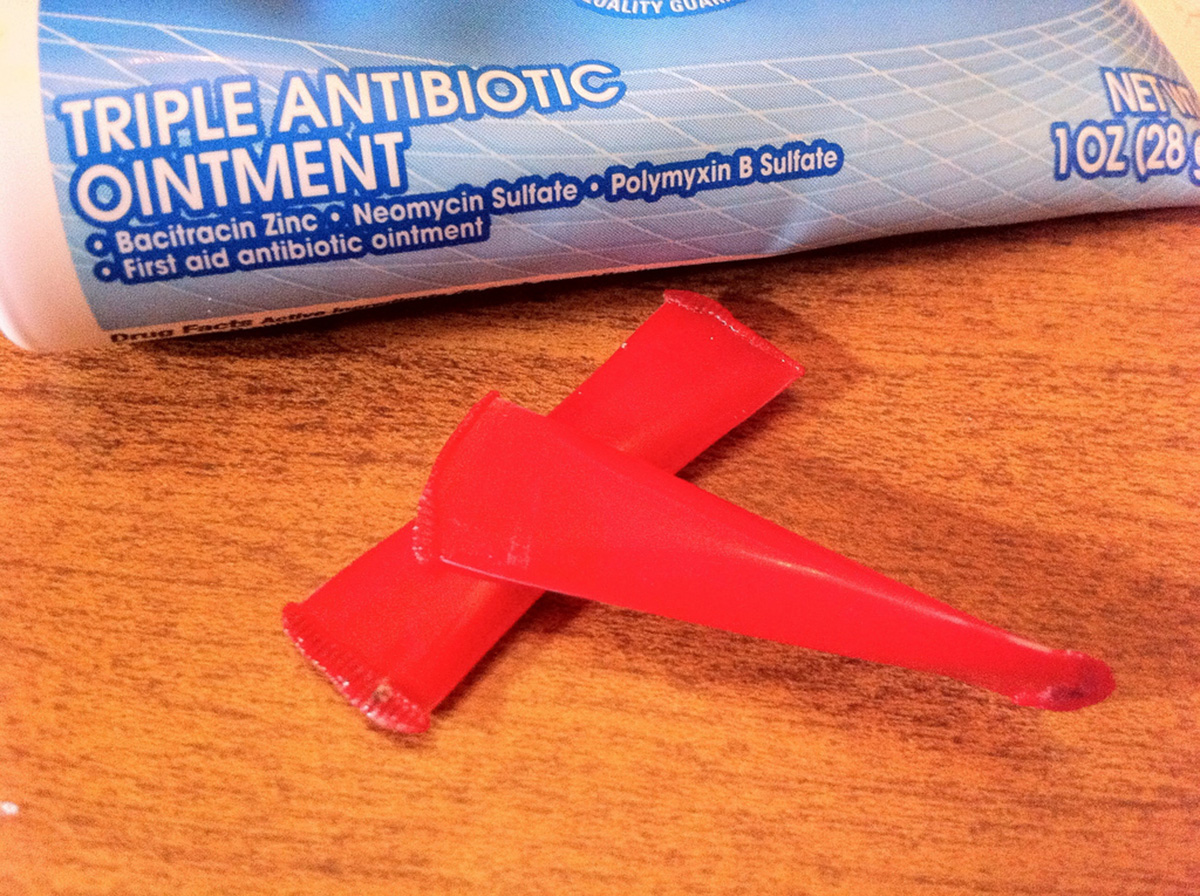Table of Contents
First aid for these situations aims to stop further damage to the skin, minimize pain and swelling, and prevent infection. The burn area should be flooded with cold, clean water for ten minutes or until the pain stops. Swelling will occur as part of the inflammatory process, so anything that might constrict the area should be removed in advance. This would include clothing, belts, jewelry, wristwatches, and so forth. Blisters may form with even mild burns. They should be left untouched. Never break a blister. Opening a blister increases the risk of infection. If a blister breaks open on its own, cover it lightly with a large, sterile dressing that drapes beyond the edges of the blister. This should be left in place until the blister heals.

There are a variety of burn creams and gels available over the counter, but it's really best to avoid using them. Antibiotic ointments, such as bacitracin, are okay, but others may actually further damage the tissue. This can be caused by the ointment itself or by the act of applying it to the burned area. The damaged tissues are very delicate and can be torn easily. This is also why no adhesive bandages or dressings should be used on burns. The act of removing them can pull away the damaged skin.
Burns are serious injuries and anything worse than a minor burn really requires treatment by a medical professional.
Children have a greater risk of significant injury from burns due to the greater ratio of the skin surface area compared to adults.
For adults, medical care should be sought for all third-degree or full-thickness burns, for second-degree or partial-thickness burns that are larger than the area of the person's hand, and for first-degree or superficial burns that are five times larger or more than the person's hand. Professional care is also required for burns that wrap all the way around an arm or leg, for burns to the face, the hands or feet, the genitals, or the upper chest. When in doubt, seek help. It's better to be seen by a doctor than to risk greater injury by trying to treat a severe burn at home.
Read More: Child Safety: Burns And Scalds Care Advice
If you need to get help
Call 911 right away for any severe burn. The dispatcher will walk you through steps you can take to help while waiting for a team to arrive. They'll include things like cooling the injury or flooding away chemicals with cold water, covering thermal and electrical burns with clean plastic bags or plastic wrap, and monitoring the victim for signs of shock.
The best advice for burns is to avoid being burned in the first place. Take care around heat and electrical sources and chemicals. Monitor your exposure time when out in the sun or the cold. Wear protective clothing and eyewear when your risk is increased. Burns of all kinds can occur quickly and cause lasting damage, so remain on your guard.
- Burn. (2001). In Taber's Cyclopedic Medical Dictionary (pp.295-298, Edition 19). Philadelphia, PA: F. A. Davis Company.
- Photo courtesy of Winky by Wikimedia Commons : commons.wikimedia.org/wiki/File:Frostbitten_hands.jpg
- Photo courtesy of Jennie Kiger by Flickr : www.flickr.com/photos/tannaidhe/8367564611/


Your thoughts on this